
Liliʻuokalani was the only queen regnant and the last sovereign monarch of the Hawaiian Kingdom, ruling from January 29, 1891, until the overthrow of the Hawaiian Kingdom on January 17, 1893. The composer of "Aloha ʻOe" and numerous other works, she wrote her autobiography Hawaiʻi's Story by Hawaiʻi's Queen (1898) during her imprisonment following the overthrow.

Joseph Kahoʻoluhi Nāwahī, also known by his full Hawaiian name Iosepa Kahoʻoluhi Nāwahīokalaniʻōpuʻu, was a Native Hawaiian nationalist leader, legislator, lawyer, newspaper publisher, and painter. Through his long political service during the monarchy and the important roles he played in the resistance and opposition to its overthrow, Nāwahī is regarded as an influential Hawaiian patriot.

William Henry Cornwell was an American businessman, as well as a military colonel and politician of the Kingdom of Hawaii. He served two separate terms as Minister of Finance and was a member of Queen Liliuokalani's last cabinet before the Overthrow of the Kingdom of Hawaii.
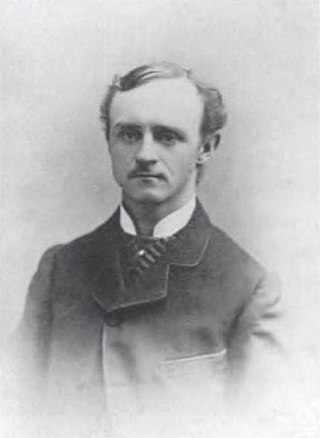
Arthur Porter Peterson was a lawyer and politician of the Kingdom of Hawaii. He served two separate terms as Attorney General of Hawaii and was a member of Queen Liliuokalani's last cabinet before the Overthrow of the Kingdom of Hawaii. He was arrested and jailed by the Republic of Hawaii in the aftermath of the 1895 Counter-Revolution and then exiled to San Francisco where he died of pneumonia.
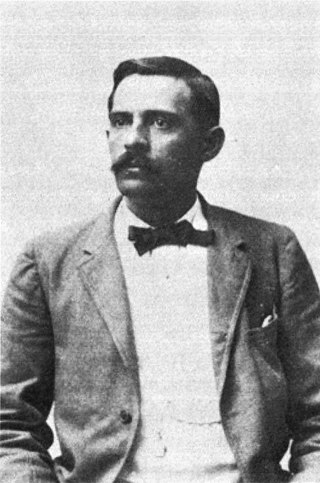
John Francis Colburn was a businessman and politician of the Kingdom of Hawaii. He served as the last Minister of the Interior to Queen Liliuokalani. Even though he was part Hawaiian ancestry on his maternal side, Colburn was a key figure in the overthrow of the Hawaiian monarchy and was a proponent of annexation to the United States. Colburn was the treasurer of the estate of Queen Kapiolani.
John Green Hoapili was a judge and politician of the Kingdom of Hawaii. He served as a legislator for many years. He commonly referred to by his initials, J. G. Hoapili.

William Pūnohuʻāweoweoʻulaokalani White was a Hawaiian lawyer, sheriff, politician, and newspaper editor. He became a political statesman and orator during the final years of the Kingdom of Hawaii and the beginnings of the Territory of Hawaii. Despite being a leading Native Hawaiian politician in this era, his legacy has been largely forgotten or portrayed in a negative light, mainly because of a reliance on English-language sources to write Hawaiian history. He was known by the nickname of "Pila Aila" or "Bila Aila" for his oratory skills.
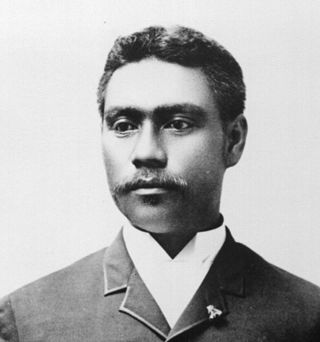
George Panila Kamauoha was a Native Hawaiian politician of Hawaii. He served in the legislature of the Kingdom of Hawaii and the Republic of Hawaii and later in the Senate of the Territory of Hawaii.
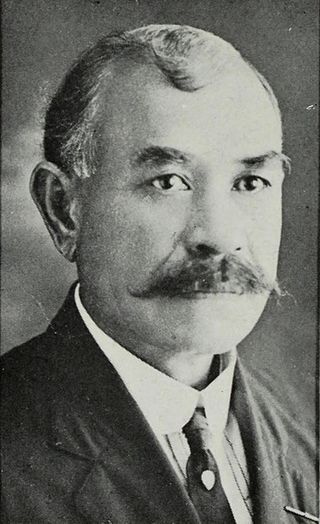
Samuel Kaholoʻokalani Pua was a Native Hawaiian politician, newspaper editor, lawyer and sheriff of Hawaii. He served as a legislator during the last years of the Kingdom of Hawaii and worked as an assistant editor for the anti-annexationist newspaper Ke Ahailono o Hawaii run by members of Hui Kālaiʻāina, after the overthrow of the monarchy. After the annexation, he became a sheriff during the Territory of Hawaii.

David William Pua, also known as D. W. Pua, was a politician during the Kingdom of Hawaii. He served as a legislator during the last years of the Legislature of the Kingdom of Hawaii and became a member of the Hui Aloha ʻĀina, founded after the overthrow of the monarchy to protest attempts of annexation to the United States.
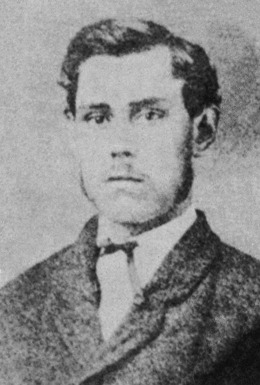
Edward Creamor Macfarlane, also known as Ned Macfarlane, was a politician of the Kingdom of Hawaii. He served as Minister of Finance during the reign of Queen Liliuokalani, and was one of her trusted political advisors during the Overthrow of the Kingdom of Hawaii.

John William Kalua, sometime referred to as Keahiowailuku, was a Native Hawaiian politician of Hawaii. He served in the legislature of the Kingdom of Hawaii and the Territory of Hawaii for the island of Maui.
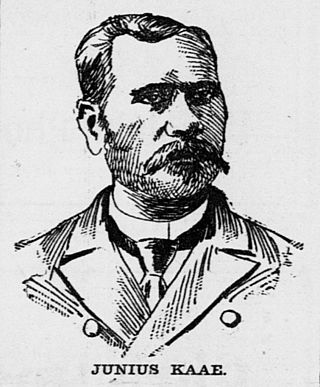
Junius Kaʻae was a Native Hawaiian politician of the Kingdom of Hawaii. In 1887, he was implicated in the infamous bribery scandal involving King Kalākaua over the sale of an opium license to Tong Kee.

When King Kalākaua began his reign on February 12, 1874, the monarch was constitutionally empowered to appoint and remove the Kingdom of Hawaii cabinet ministers. The four cabinet positions were Attorney General, Minister of Finance, Minister of Foreign Affairs and Minister of the Interior. The royal cabinet ministers were also ex-officio members of the House of Nobles in the legislature and the Privy Council of State, a larger body of advisors.

Liliʻuokalani was the first queen regnant and the last sovereign monarch of the Kingdom of Hawaiʻi. The queen ascended to the throne on January 29, 1891, nine days after the death of her brother Kalākaua, and inherited his cabinet ministers. The four cabinet positions were Attorney General, Minister of Finance, Minister of Foreign Affairs and Minister of the Interior. The ministers were ex-officio members of the House of Nobles in the legislature and the Privy Council of State, a larger body of advisors.
The Privy Council of the Hawaiian Kingdom, also known as the King's Privy Council of State or Queen's Privy Council of State, was a constitutionally-created body of advisers to the sovereign of the Hawaiian Kingdom from 1845 to 1893. Its members were known as privy councillors and often involved in the other branches of the government.
The Cabinet of the Hawaiian Kingdom was a body of the top executive officials appointed to advise the sovereign of the Hawaiian Kingdom from 1845 to 1893. The subsequent regimes of the Provisional Government and the Republic of Hawaii retained the structure of the cabinet and minister positions under the presidency of Sanford B. Dole from 1893 until 1898.

Following the January 20, 1891 death of King Kalākaua in San Francisco, his embalmed body arrived at Honolulu Harbor aboard the USS Charleston, draped in black with its ensigns at half mast. His sister Liliʻuokalani was designated his successor.

The Privy Council of State of the Kingdom of Hawaii was a constitutionally-created body purposed to advise and consent to acts made by the monarch. The cabinet ministers were ex-officio members. Both the cabinet and other privy counselors were appointed and dismissed by the monarch according to his personal wishes. The 1887 Constitution of the Kingdom of Hawaii made a key change in regards to the cabinet ministers. The monarch was still empowered to appoint the ministers, but only the legislature, or a voluntary resignation, could remove them from office.

George Charles Mo'oheau Kauluheimalama Beckley was a member of Liliʻuokalani's Privy Council of State from 1891 to 1892, and a director of the Wilder Steamship Company. Born of Hawaiian and British ancestry, his native Hawaiian forebears were reputed to have helped hide the bones of Kamehameha I. Like his British grandfather who was an advisor to Kamehameha I, he chose a life sailing the seas. In his youth, he joined whaling expeditions and survived a hijacking spree by pirates who captured 29 ships. Beckley was one of 50 Hawaiian crew members who were rescued from multiple vessels and sent safely back to Hawaii. He found his life's career with Hawaii's inter-island steamships, where he partnered with Samuel G. Wilder. Beckley was awarded the Royal Order of the Star of Oceania and the Order of the Crown of Hawaii by King Kalākaua.


















